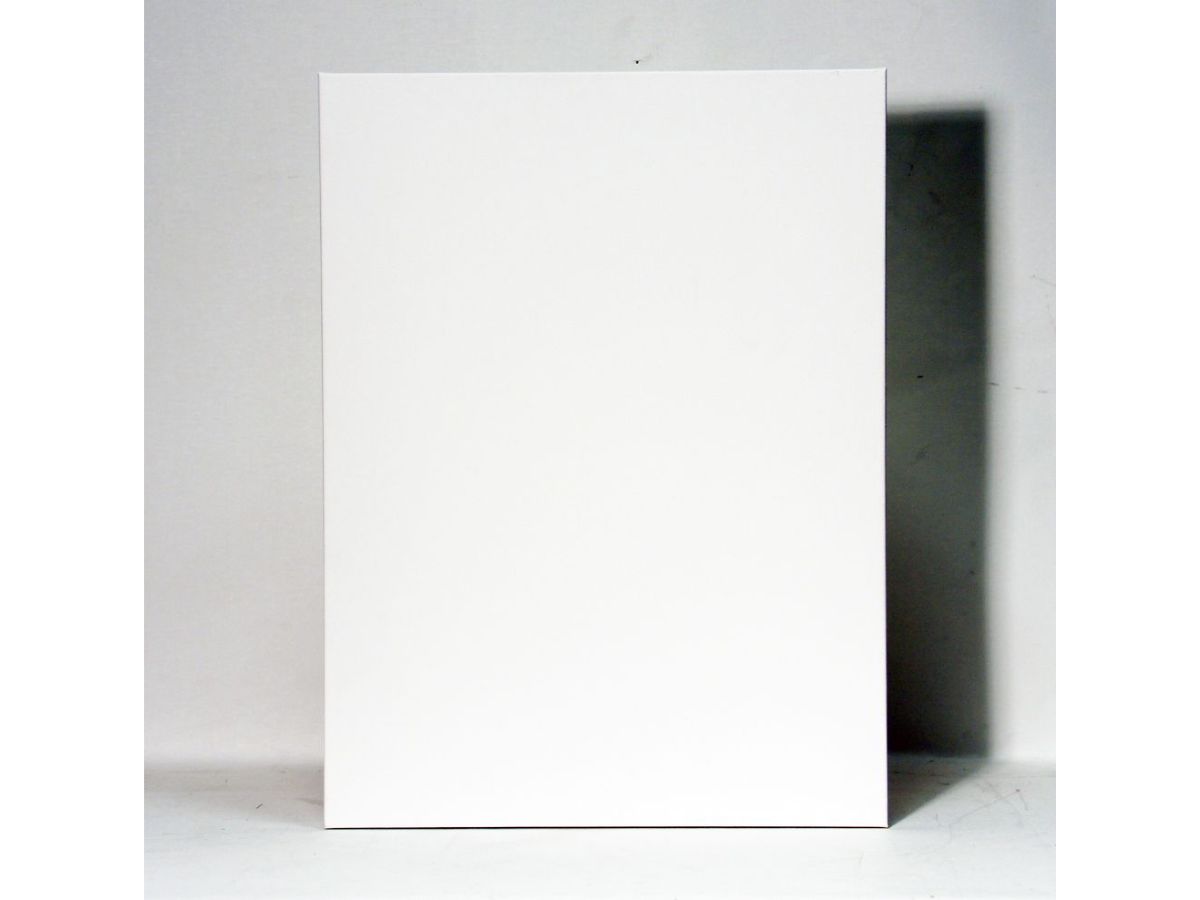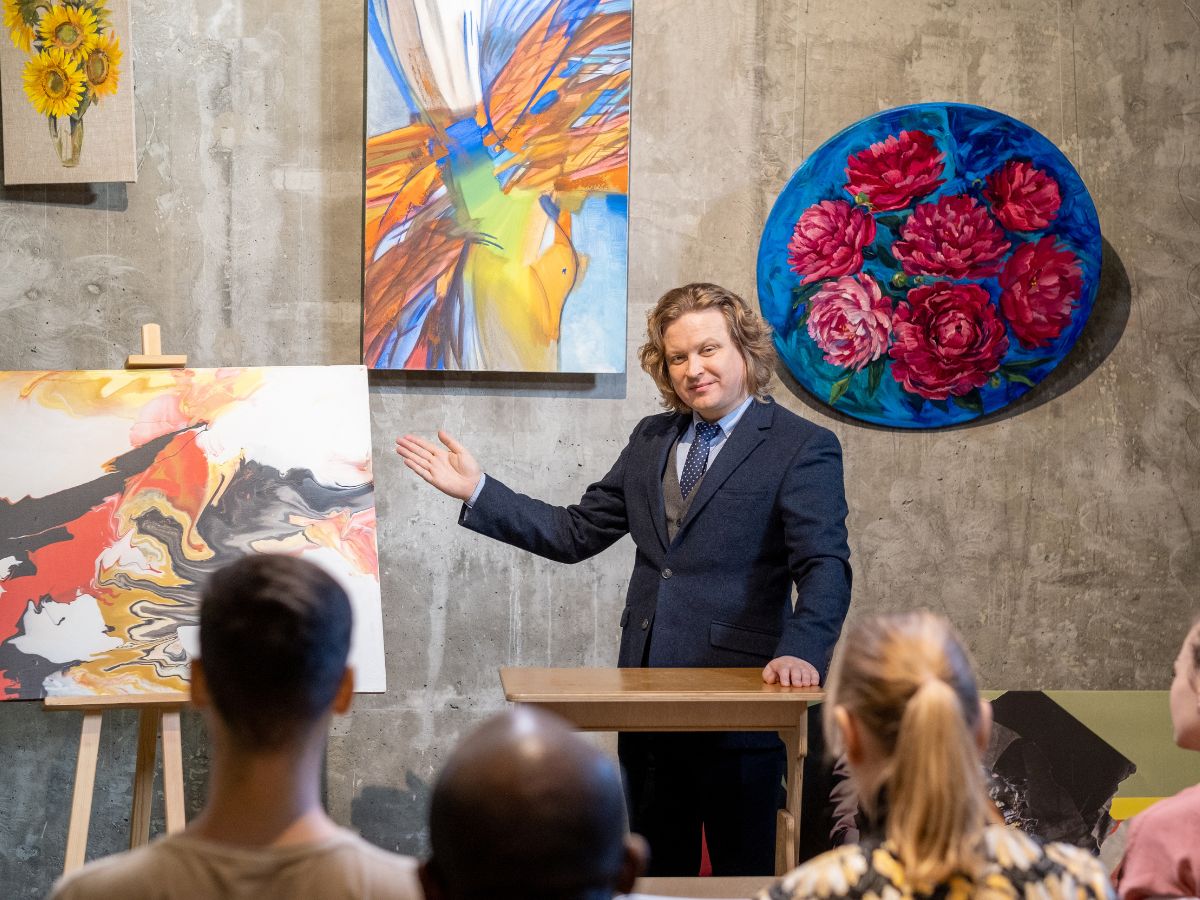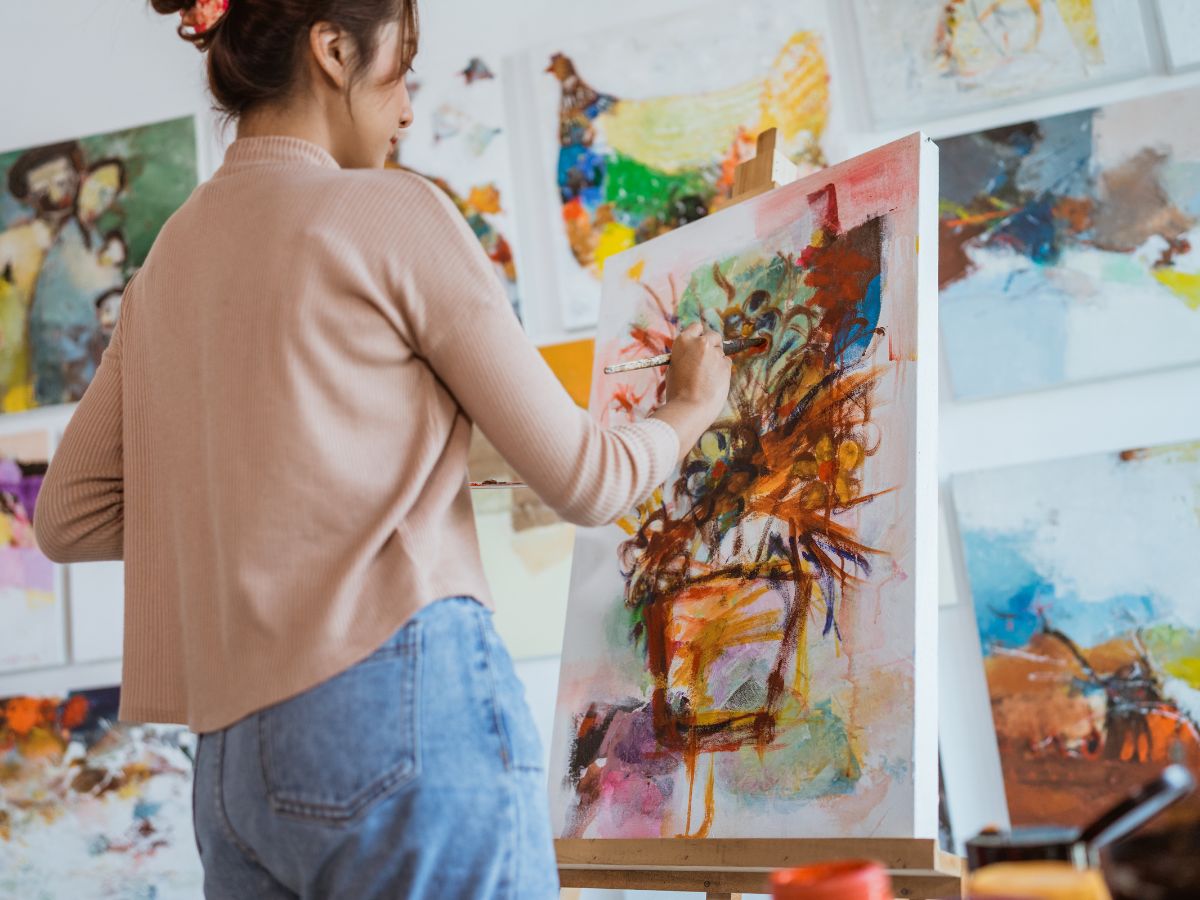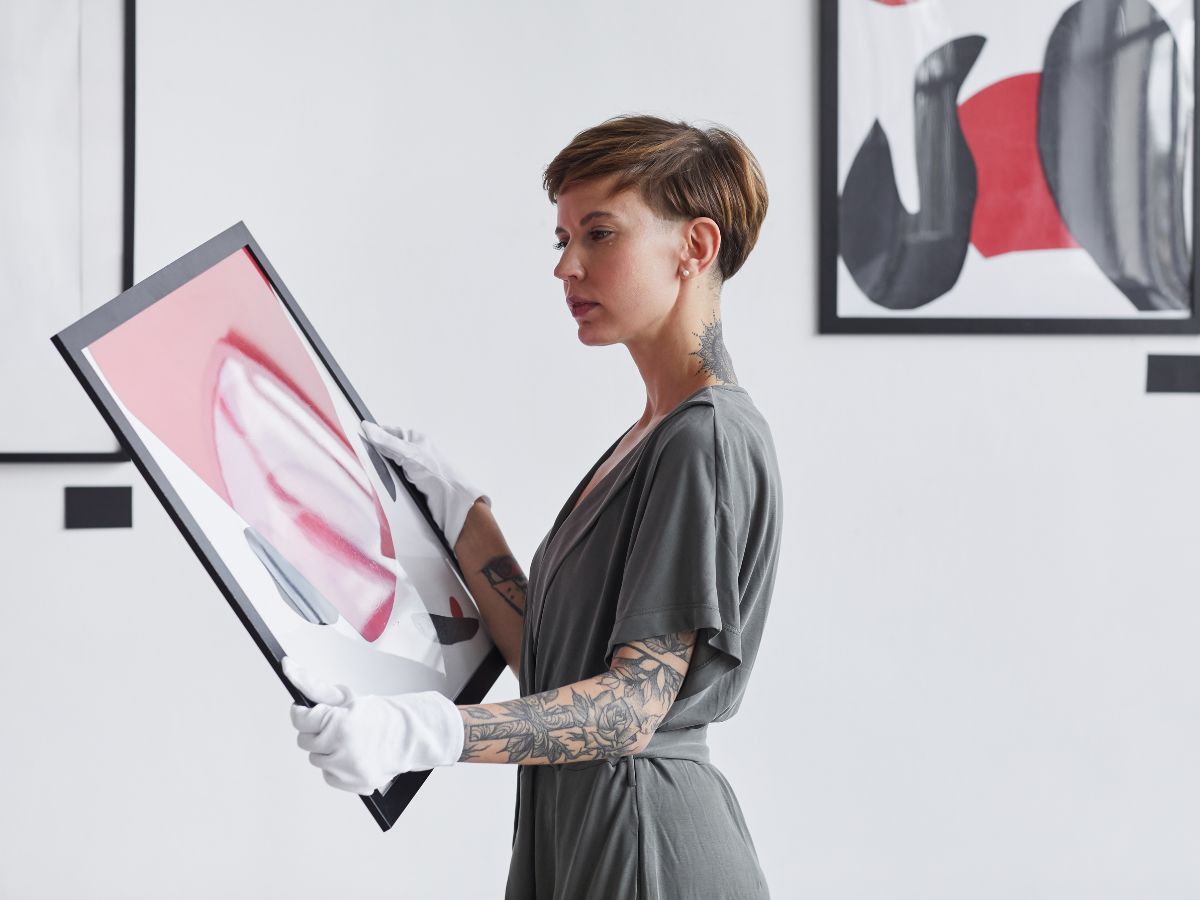
Smart Strategies to Promote Art Exhibitions
Putting on an exhibition is one thing. Getting people and the media to show up is another. Here’s a guide full of strategies that actually work for art galleries and studios. No fluff. Just real, actionable advice.







